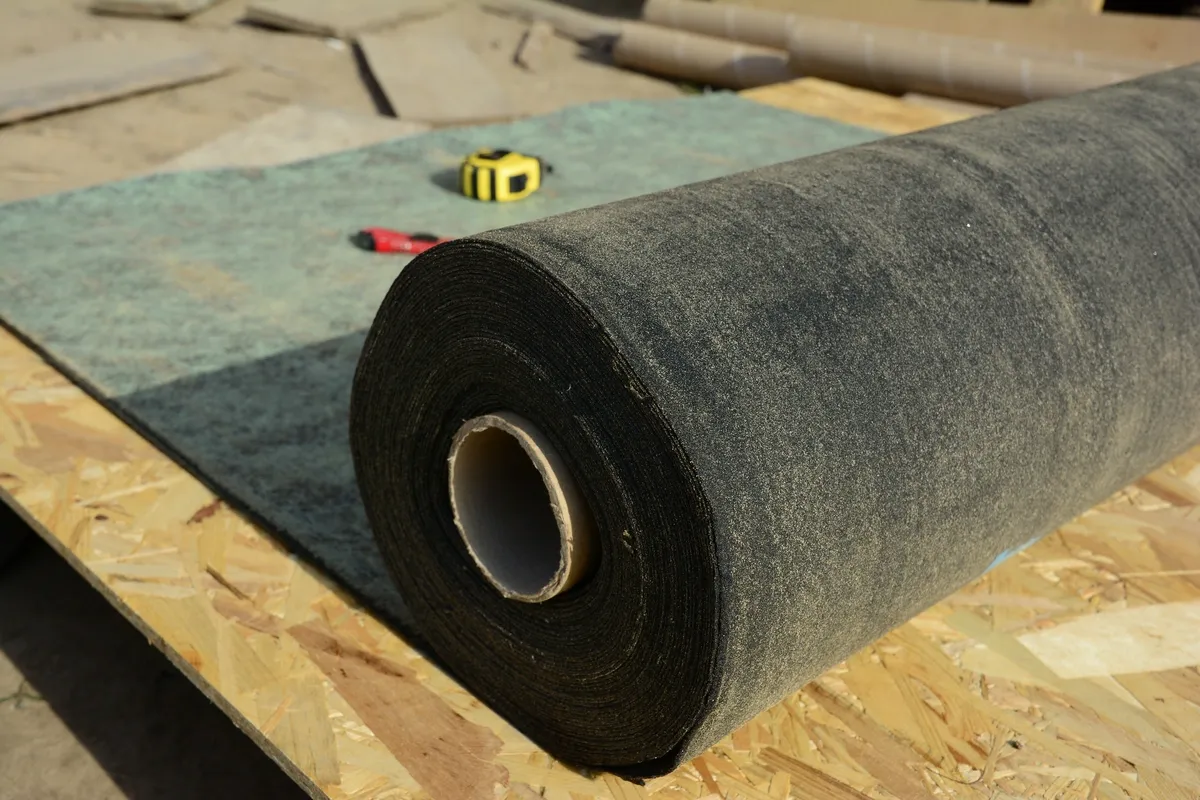About The Author
ANCHOR POINT ROOFING
Raise your hand if you are a roofing expert! ????You know shingles like the back of your hand, you can name five types of flat roofing materials, and gutter maintenance is no big deal!
…no one? Don’t worry. You are not alone.
If you are not a pro roofer, it is possible that you don’t know anything about the roof on your home! Many people don’t. But that doesn’t mean that you can’t learn! One of the things that many homeowners don’t know about is their roof flashing.
Today we will be breaking down:
- What roof flashing is
- How to tell when it needs replacement
- How much it will cost
Ready to learn how to take care of your roof flashing? Let’s get started.
WHAT IS ROOF FLASHING?
The reality is that a roof can be more complicated than you think, with many different parts. Your roof flashing is just one of those parts.

Roof flashing is typically made of a thin sheet of metal that is applied to vulnerable areas of your roof in order to create a waterproof seal. It is typically made of galvanized steel and is widely considered to be one of the most important steps to ensuring that your roof is waterproof.
Waterproofing your roof is important because if water slips in between the cracks and seams of your roof, it can cause extensive damage. This can range from water stains on your walls and ceilings, or become as serious as a roof leak. Occasionally, water damage can destroy the structure of your home, leading to costly repairs down the road.
6 DIFFERENT TYPES OF ROOF FLASHING
Roof flashing is typically applied in six different places on your roof. Here are all of the places that you can expect to find flashing.
1) CHIMNEY FLASHING
Chimneys are particularly vulnerable to water damage, as the base of the chimney provides plenty of nooks and crannies to allow water through. Chimney flashing is installed at the base of the chimney. Your roofing professional will grind down the mortar joints of the chimney before installing the flashing.
2) COUNTER FLASHING
Fun roofing fact: chimney flashing is actually technically a type of counter flashing. Counter flashing is a specific type of flashing that is installed on top of another layer of flashing. Its primary purpose is to divert water away from areas of your roof that may be prone to water damage. It is typically installed on top of brick or masonry walls (just like your chimney!).
3) STEP FLASHING
Step flashing is used for areas of your home where a roof may butt up against a wall. This is often the case in multiple-story homes that have a garage attached. Without step flashing, water can get stuck in between your roof and the home’s siding.
Step flashing can be placed underneath your siding in order to encourage water to flow towards your gutters.
4) HEADWALL FLASHING
Headwall flashing is also often called apron flashing. This is used in any spots where a vertical wall of your home intersects with the roof line. Headwall flashing is always placed behind the siding in order to make rainwater continue to flow down the roofline toward the gutters.
5) VALLEY FLASHING

Valley flashing is a common type of flashing used whenever your roof forms a steep angle. These angles can be particularly prone to water damage, as leaves, twigs, and other debris can get stuck there. This can cause water to pool and build up, which puts your entire roof system at risk.
Valley flashing will be installed on top of an ice and water shield in order to provide extra protection to this area.
6) GUTTER APRON FLASHING
Don’t forget the gutters! Gutters typically have a small gap between where they start and the roofline ends. In order to avoid water getting trapped in this gap, your roofing contractor will install a gutter apron flashing behind the gutters. This will keep the water where you want it, and nowhere that you don’t!
SIGNS IT IS TIME TO REPLACE YOUR FLASHING
Now that you know how to identify your roof flashing, it’s time to decide whether or not you need to replace it. Here are some of the signs that your flashing is on its way out!
- Rust – If your flashing is rusted, it may be indicative of the fact that your flashing is no longer able to repel water. Corrosion is also a common sign of aging, but it will also mean that your siding is no longer able to keep water out.
- Interior Leaks – Dealing with roof leaks or a leaky chimney? Your flashing may be the culprit!
- Cracks and Bends – After a storm, you may find that pieces of your flashing have either detached or become damaged. If your flashing has bent or cracked, it leaves space for water to get through.
- Mold Growth – Noticing mold growing on your siding? Moisture is probably getting trapped beneath your flashing.
- Pest Damage – Occasionally, you may find that wildlife, such as woodpeckers, leave small holes in your flashing that require repairs as soon as possible.
HOW MUCH DOES IT COST TO REPLACE FLASHING?
The cost to repair your flashing will vary depending on how much of it needs to be installed and what type you need. In general, though, replacing flashing doesn’t have to be a hugely expensive undertaking. In fact, most homeowners can replace their entire roof full of flashing for a total of $400-$1000.
CAN YOU DIY YOUR FLASHING REPLACEMENT?
Many homeowners are inspired to try and save money by DIYing their flashing repairs and replacements. And while we will never tell you that you can’t do something to your own home, we advise you to use caution.
Improperly installed flashing could cause more harm than good by letting water into places that you don’t want it. Additionally, any roofing work that requires you to climb up onto the roof comes with risks. When in doubt, we always recommend working with a qualified roofing contractor.
GET THE FLASHING REPAIR HELP YOU NEED
Not sure where to start or looking to answer some questions? Anchor Point Roofing can help. As the area’s foremost roofing experts, we are here to make sure that your roof flashing is installed securely and ready to take on whatever weather comes your way. Contact us today to receive a free quote on your roofing projects!
Share this article :
RECENT ARTICLES





